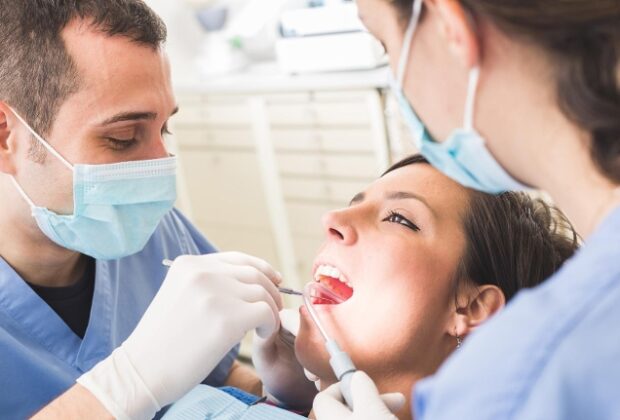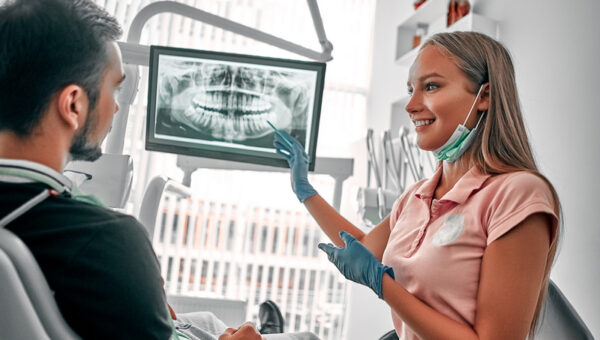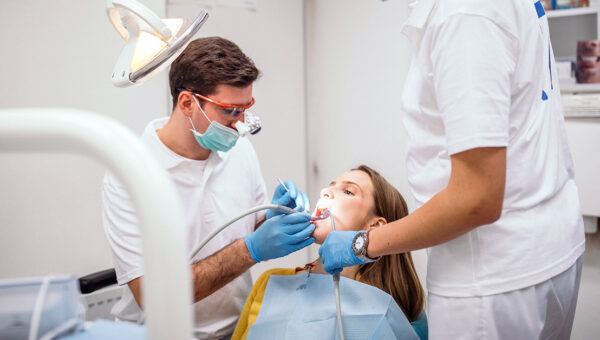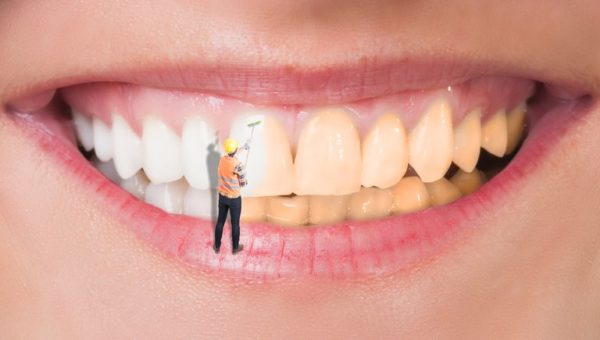Whether you are considering laser dentistry or have already begun working with a dental professional, consider this method’s benefits and advantages. These include less pain, less cost, and a healthier mouth.
Reduces pain
Performing dental procedures using lasers has decreased the amount of pain patients experience. Unlike traditional methods, lasers do not rely on scalpels or drills and are gentle enough to perform many dental procedures without anesthesia. Lasers have also been shown to speed up the healing process, essential for patients at high risk for infection following dental procedures. Lasers may also reduce the risk of bleeding, as they can help encourage blood to clot naturally. Laser dentistry West Palm Beach FL is fast and efficient, so patients can return to everyday life more quickly. Additionally, the pain-free nature of laser treatments means that dental work is less likely to cause patients to feel anxiety or fear. The ability to control pain during dental procedures has also increased patient satisfaction and improved clinical outcomes. In addition, laser therapy can also potentially reduce inflammatory cells and increase the lymphatic flow of an infected area.
Treats gum and soft tissue issues in the mouth
Using laser dentistry to treat gum and soft tissue issues in the mouth is a quick, painless alternative to traditional oral health care. Lasers target the area with extreme precision, reducing the risk of infection and damage to other healthy sites. Gum and soft tissue issues in the mouth can occur for several reasons. Some are caused by poor oral hygiene, while others result from systemic diseases. A laser can treat gum and soft tissue issues in the mouth by killing bacteria, sealing blood vessels, and stimulating tissue regeneration. Gum and soft tissue issues in your mouth can cause bleeding, swelling, and pain. If left untreated, these symptoms can worsen and cause permanent damage to your teeth and gums. Soft tissue laser procedures can reshape, recontour, and remove redundant gum tissue. They can also be used to remove swollen tissues caused by systemic diseases.
Reduces the chance of infection
Using laser technology in your dental procedures can improve your dental experience. In addition to removing bacteria from your gums, laser dentistry can also eliminate bleeding and swelling. This makes your treatment more comfortable and enables you to recover faster. Laser technology has also made dental procedures less invasive. This means you can save more tooth structure while reducing the risk of relapse and infection. Lasers are also more accurate. For instance, they can remove plaque and tartar under the gum line and eliminate cavities before filling them. This makes it easier to treat teeth with holes and reduces the risk of complications to nearby teeth.
The laser also helps stimulate tissue regeneration. This encourages the formation of a seal around the tooth root, which allows the blood vessels and ligaments to recover more quickly.
Less expensive than non-laser dentistry
Despite the cost, laser dentistry is a great way to improve the quality of dental care. The procedure can help patients get through treatment faster, reduce pain, and increase the effectiveness of treatment. Lasers have been around since the 1960s but were used in dentistry in the 1990s. Today, lasers treat dental problems like gum disease, hypersensitivity, and tooth decay. The laser produces a bright, focused light that can perform tasks traditionally performed with metal tools. For example, the laser can be set to penetrate the tissue at microscopic depths or avoid blood vessels and nerves. It’s also used to activate bleaching agents in teeth-whitening products. A laser is also used to remove decay. The dentist may still use an anesthetic to numb the area. Some dental insurance plans will cover this type of procedure.
Safer than traditional dentistry
Using lasers to treat cavities, gums, and other oral problems may be safer than traditional dentistry. Lasers can destroy harmful viruses and bacteria. They can also sterilize the treatment area. That reduces the risk of infection.
Laser dentistry can also speed up healing time. In some cases, lasers are even more effective than traditional methods. They eliminate bacteria, reduce bleeding and swelling, and reduce the need for painkillers. This makes it easier to recover from most dental procedures. In addition to reducing the risk of infection, laser dentistry is also less painful. Lasers use fewer needles, fewer sutures, and less local anesthesia than traditional methods. In addition, patients are less nervous and fearful of dental procedures with lasers.




